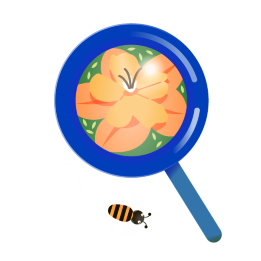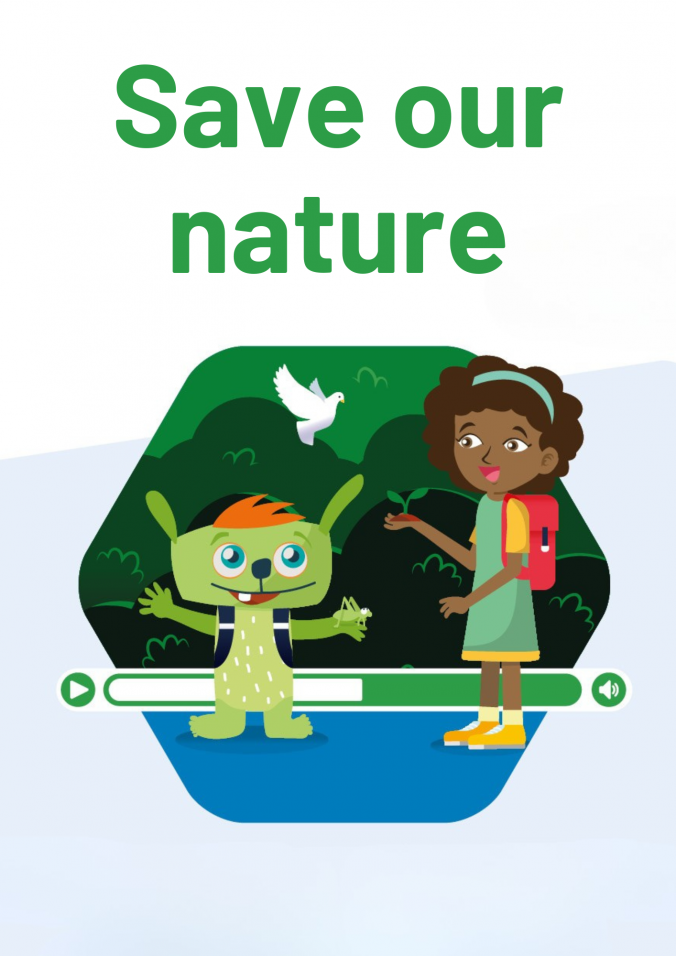Trees and Floods
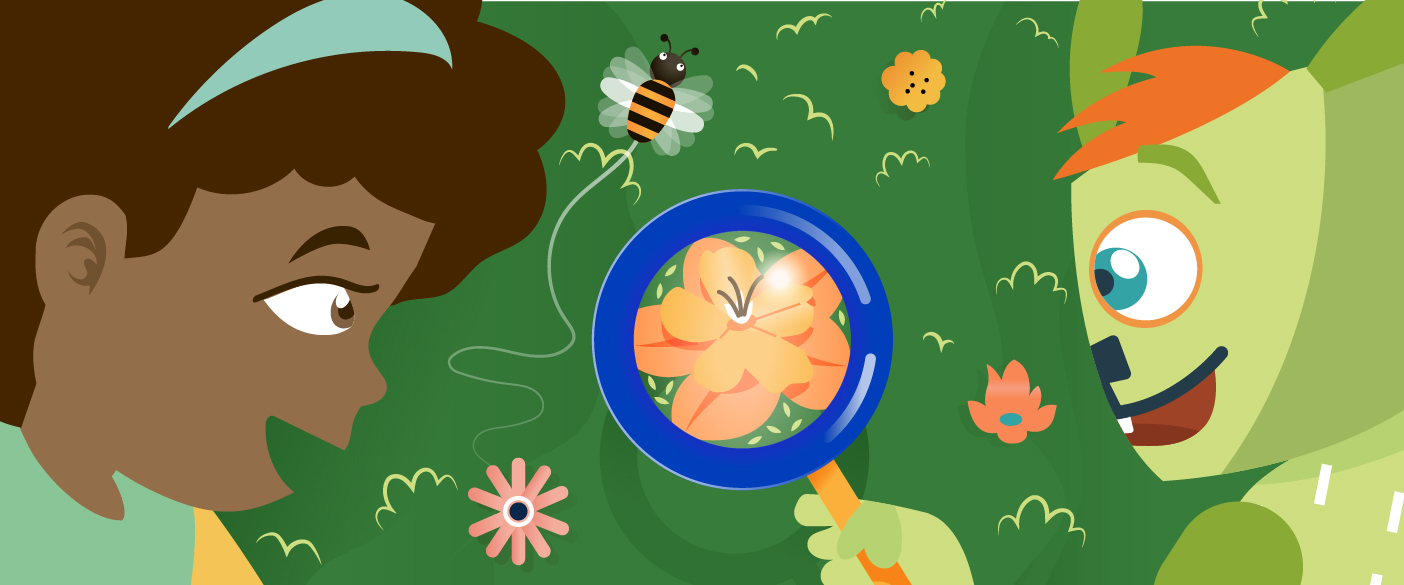
Overview
Overview
Keywords: soil, floods, landslides, deforestation, erosion
Subjects: science, geography, social studies
Age group: 5-11 years old
Difficulty level: ● ○ ○ (easy)
![]()
![]()
This experiment is part of the unit "Flora Focus" written by: Rute Oliveira (PT), Anastasia Papakonstantinou (GR)
Deforestation is a worldwide problem. The causes of deforestation are varied: agricultural expansion, commercial logging for sale as timber or pulp, urban development, forest fires, climate change, plagues, among others.
Students will understand that deforestation can have a major impact on our lives by causing floods and landslides.
This project is aimed to be cross-curricular, linking in with
- geography (recognising the various regions of the planet and their characteristics),
- science (germination, types of soils)
- and social studies (understanding the impacts of deforestation).
The experiment
Required materials
- 2 plastic bottles (preferably transparent)
- scissors
- soil for plants
- seeds (e.g. lentil seeds or cress seeds)
- water
- 2 plastic cups (or other containers that can hold water)
- a cork (cut in half)
- a string
Experiment guide
This activity can be performed by the teacher for the class, but depending on the materials available, age and autonomy of the students they can perform the experiment in small groups.
- Soak the lentils in water for about 2 hours to germinate more easily. If you use cress seeds, you don't need to soak them.
- Cut an opening into both plastic bottles lengthwise so that you can use them as pots to plant the lentils. The bottle necks should remain intact.
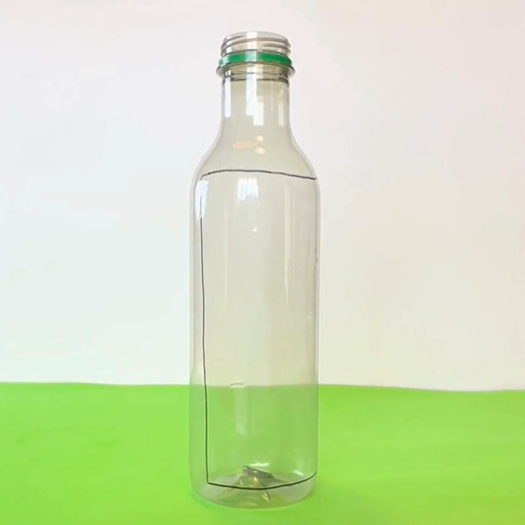
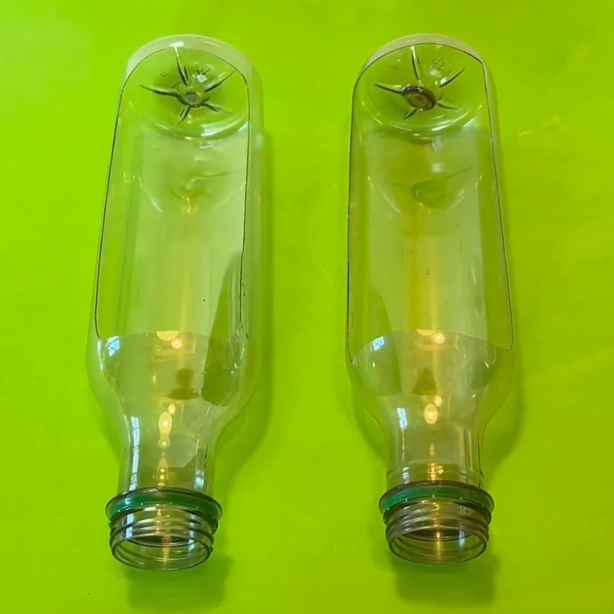
- Add the same amount of soil to both bottles.
- Add the lentils or cress seeds in one of the bottles and cover them with a little more soil.
- Check if the soil is moist, water as needed, and wait for the lentils or the cress to germinate, which usually happens after 6 to 7 days.
- Prepare two containers to collect the water after the heavy rain simulation.
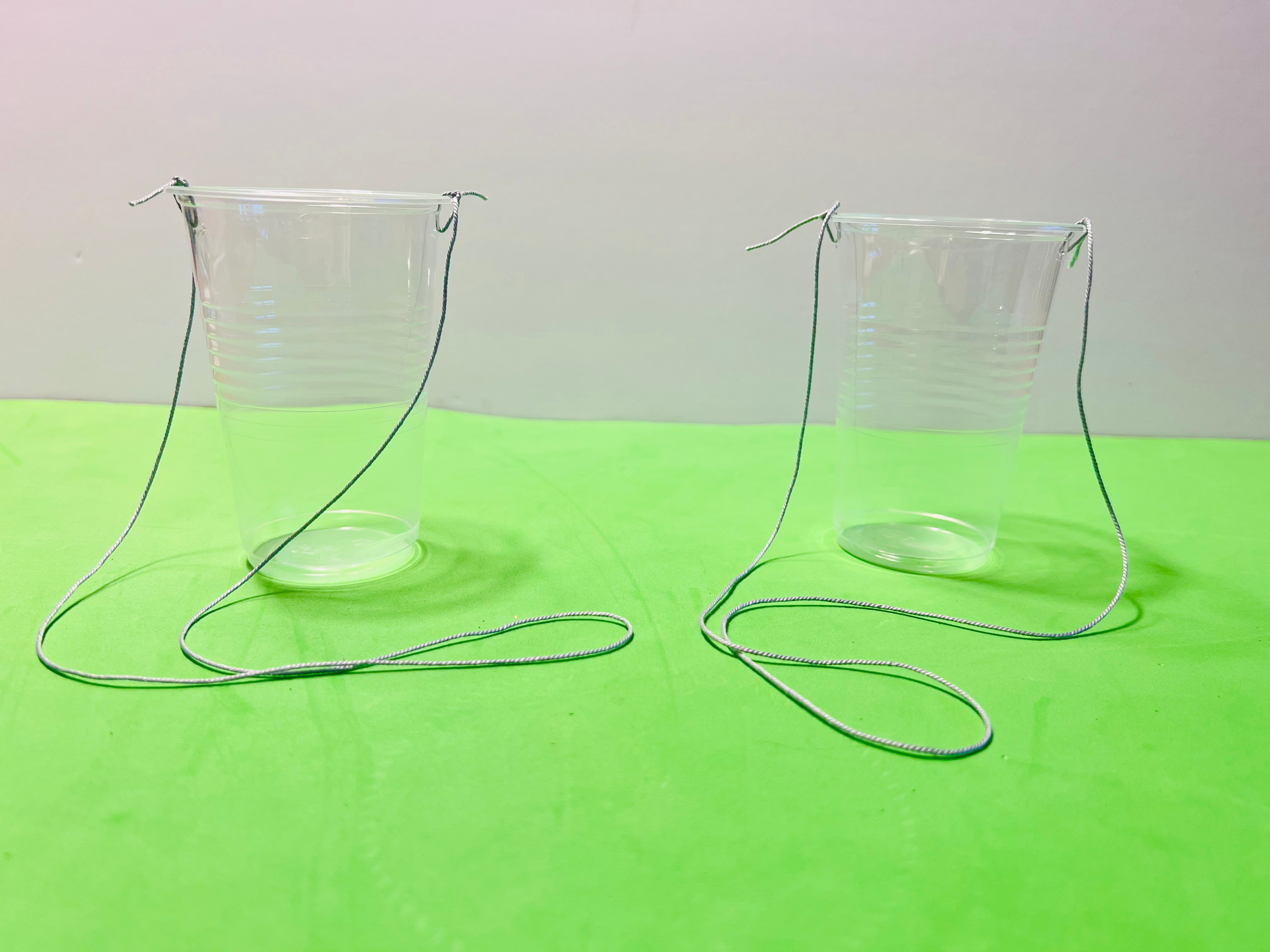
- Place both bottles, the one without and the one with the already germinated plants, slightly inclined to simulate a sloping landscape. You can use the cork as a support.
- Place the collection containers under the bottle openings or hang them over the bottle necks with the string. Remove the caps from both bottles.
- Pour the same amount of water on the two bottles, simulating heavy rain. Both bottles should be watered at the same time.
- Observe the water that is collected and check the amount of soil that is washed away, and in the end, also observe the appearance of the soil surface.
Note
Natural phenomena that occur around us are complex and difficult to replicate in the laboratory, therefore we use models. Models are simplifications of reality that allow us to understand what happens in the real world in a more accessible way.
Questions for students
Here are some suggestions for questions that you could ask the students when the video stops.
- What is soil?
- How is soil formed?
- Why is soil so important?
- What happens when it rains a lot, and the ground gets waterlogged?
- Why are plant roots important for plants?
- Why is it important for soil to absorb rainwater?
- What happens when the soil can't absorb all the rainwater?
- How do plant roots help stabilize soil?
- What is a landslide and why does it occur?
- What can we do to help protect the soil and prevent flooding and landslides?
- How can plants help preventing floods and landslides?
- What is the main cause of deforestation?
The experiment with the result
Soil is a mixture of mineral components such as small particles of rocks, and organic components such as plant residues and microorganisms, water and air. The soil is composed of different layers, with the surface layer being fertile and composed of mineral components and decomposing plants. In this layer we find the roots of plants that hold the soil cohesive and in place.
In the experiment we can see that the water flows through faster in the soil without plants and slower in the soil with plants. From the results obtained, we can conclude that plants have a crucial role in the prevention of floods and landslides.
Plant roots can absorb water from the soil, thereby decreasing the amount of surface water running off. The roots reduce the risk of flooding by allowing the gradual absorption of rainwater.
The roots of the plants penetrate the soil and have keep it cohesive and stable, thus reducing erosion caused by water. Plant roots help decrease the risk of landslides by preventing soil from being washed away during heavy rains and preventing roads and other areas from being flooded.
This experiment shows that vegetation is a natural barrier that protects the soil surface against erosion caused by the direct impact of rain.

How does this video link to sustainability?
This video is related to sustainability as it addresses crucial issues related to the preservation of the environment and the balance of ecosystems. By exploring the effects of deforestation, students are encouraged to reflect on how human actions directly affect the environment and the quality of life of local and global communities.
In this way, the activity promotes awareness about the importance of forest conservation and the adoption of sustainable forest management practices. Students are encouraged to look for solutions to lessen the negative impacts of deforestation.
Differentiated learning
Explore ideas how you can use this material in your class and adapt it to a group of various levels and learning styles.
- Instead of pouring the water into both bottles at the same time, the bottles can be watered one after the other. The pupils can time how long the water flows through each bottle. If you use the video, you can watch the part twice and have the students time it.
- Students can draw the various stages of a plant's germination as a comic book or a flipbook.
- To make it easier to understand the function of the roots, use a sponge and explain that what the roots do to the soil is like what a sponge does to water.
- Students can present their conclusions in several ways:
- In the form of a scientific report.
- An oral presentation using technology (such as a presentation, for example, in PowerPoint, Canva or Prezi with photos of the various stages of the activity).
- They can carry out research where deforestation has had the most impact, which regions have been most affected and recognise the region on the map (use e.g. google maps).
- They can research the causes of deforestation and learn about soy cultivation and the destruction of the rainforest.
- They can research news of major floods and landslides and make an analysis of whether these have been more frequent in recent years.
Career orientation
Which career options are linked to this experiment and how can you introduce them to your students?
By exploring this experimental activity on the importance of plants in the soil to prevent floods and landslides, children not only discover the impacts of deforestation, but can also be inspired to consider future careers in environmental protection. This could be a good opportunity to spark interest in professions that seek to understand and find solutions to climate change, such as soil scientist and environmental scientist.
Soil scientist
A soil scientist is a person who studies soil.
Soil scientist career video
Soil scientist video
What is a soil scientist?
Soil scientists study the soil, which is the dirt and ground beneath our feet. They help us understand how soil works, what it is made of, and how it affects plants, animals, and people.
What does a day in the life of a soil scientist look like?
Soil scientists might do different things every day. They could visit different places, like farms or forests, to look at the soil there. They use special tools to dig up soil samples and bring them back to their lab. In the lab, they examine the soil closely to see what's in it, like tiny bugs or minerals. They also test things like how much water the soil can hold or how healthy it is for plants to grow in.
What responsibilities do they have?
They have the responsibility to collect and analyse soil samples and help solve, for example, problems related to the impact of acid rain and soil erosion due to deforestation.
Environmental scientist
An environmental scientist works as a researcher to understand climate change patterns and sea level impacts.
Environmental scientists and specialists video
Environmental scientist video
What is an environmental scientist?
Environmental scientists are nature detectives! They study the Earth and all living things on it to understand how they work together. Their job is to protect the environment and make sure it stays healthy for plants, animals, and people.
What does a day in the life of an environmental scientist look like?
In their day-to-day work, environmental scientists take for example samples of soil, water and air in different places, such as forests, beaches, rivers, seas or cities. They then take these samples to the laboratory to analyse them with various instruments, such as microscopes. Once the analyses have been carried out, it's time to sit down at a desk and analyse the results, writing reports to share their findings with other scientists and institutions that benefit from this knowledge.
What responsibilities do they have?
Environmental scientists have high responsibilities. Their scientific results are fundamental to find solutions to climate change. It is important that their findings are communicated to policy makers and the general public so that they can protect the environment and the climate. They are trying to ensure that we can all live on a healthy planet.
Further ideas
Keeping vegetation healthy and preserving green areas is essential for soil conservation and the prevention of natural disasters such as floods and landslides. The importance of plants in the soil in preventing these events should be emphasized as part of environmental awareness and the adoption of sustainable land management practices. With this activity, students learn more about plants, their needs, and their importance.
We can use this activity to link to many other themes explored in most primary school curricula, such as:
- The water cycle
- The importance of water in our daily lives
- Exploring the geography of water resources, identifying rivers, lakes, oceans, and other sources of water on the map
- In maths: measurement of various quantities (time, volume), presentation of collected and researched data
- Plant germination and growth
- The properties of soil, how it is made up and its importance
- Making a soil model
- Showing how soil is a good water filter by building one, as in the following example:
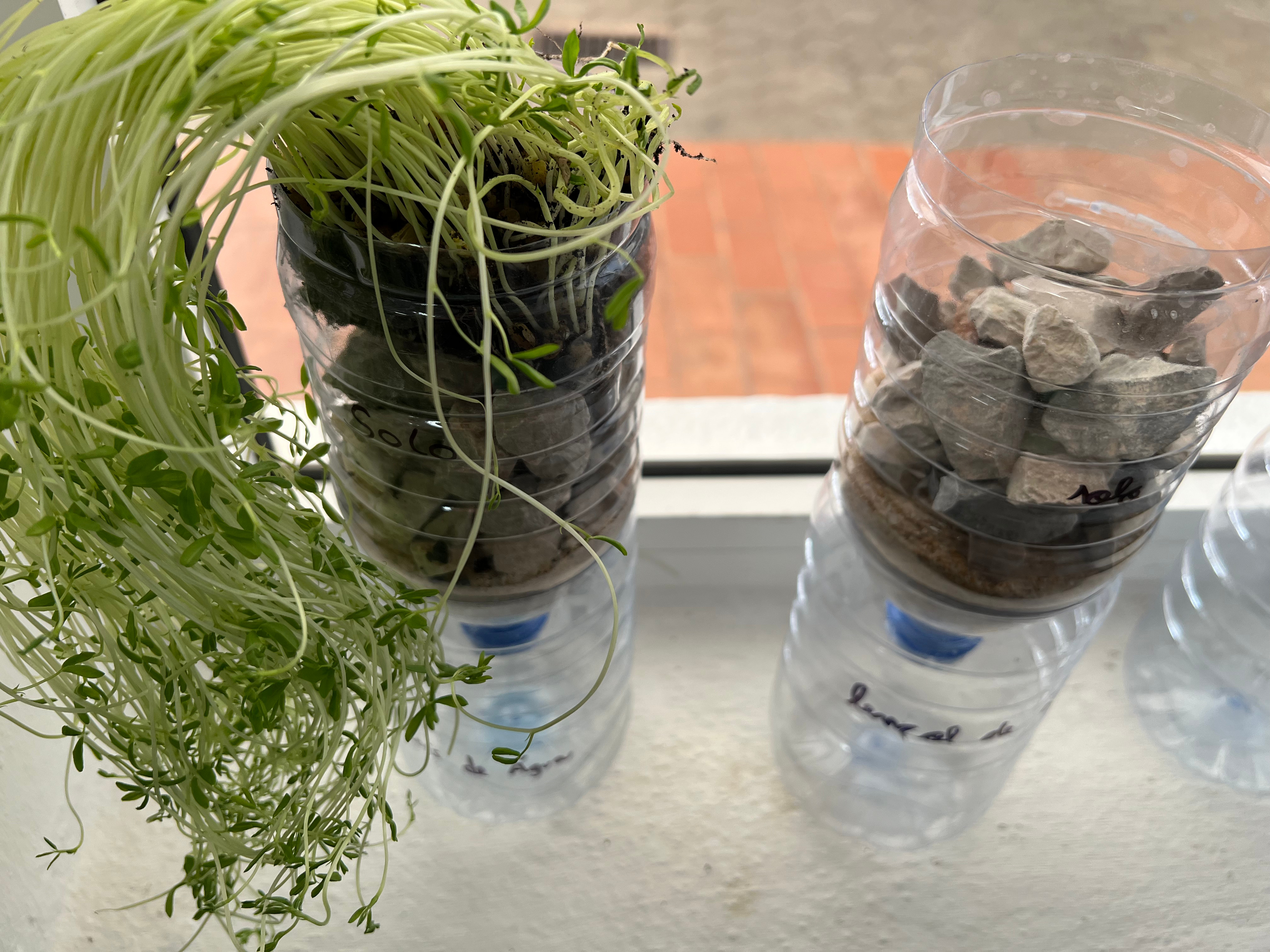
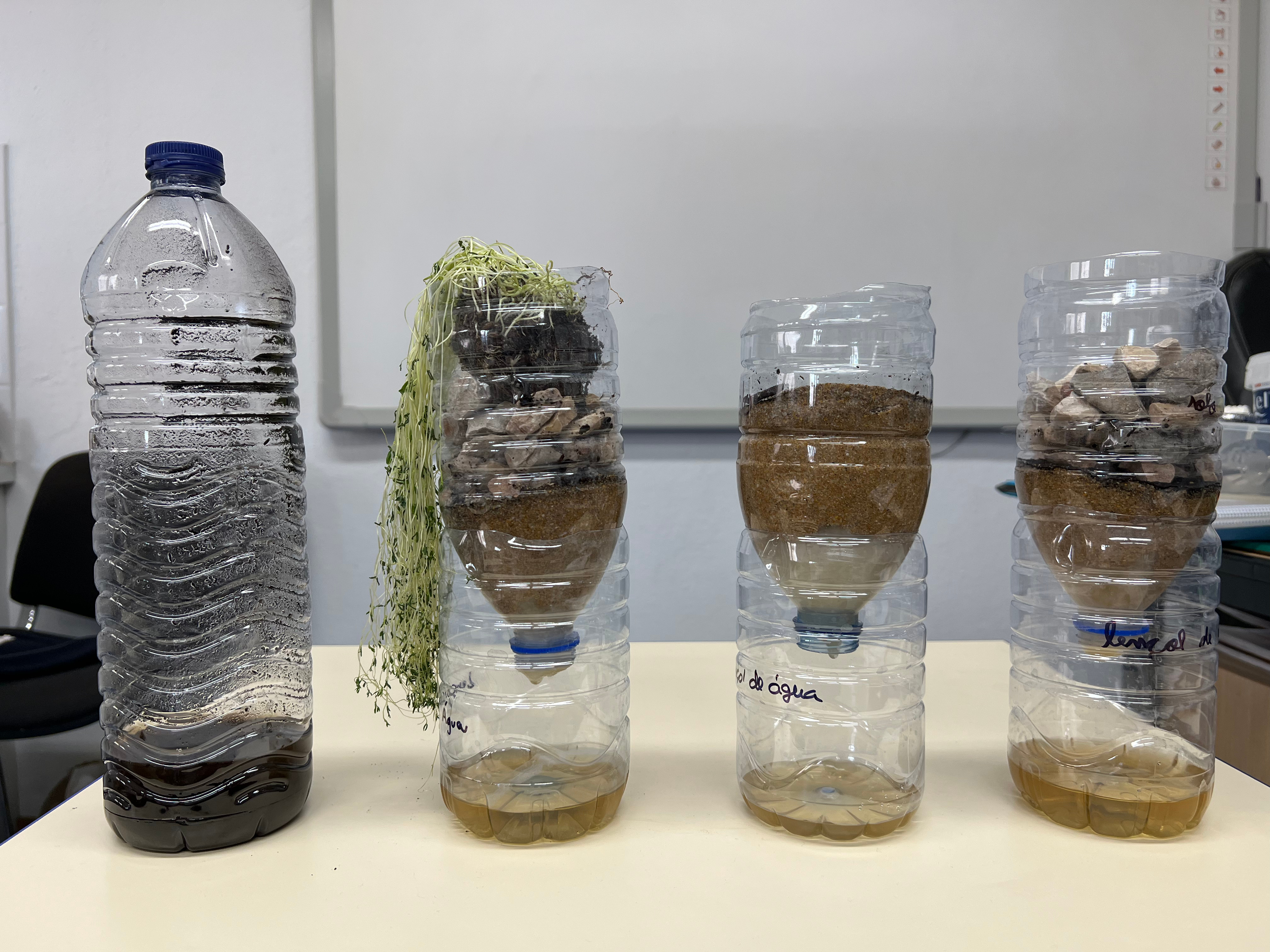
Put layers of soil and rocks in a plastic bottle and place plants on top. Use it as a water filter.
There are many books suitable for primary school pupils on the presence and importance of forests that can be read in the classroom. A good example is the book “The Earth's Essential Rainforests” by Isabel Thomas.
Erosion, National Geographic Education
(last accessed 19.12.2024)Soil erosion: Why it happens and what we can do about it, Project Learning Tree (PLT), Sustainable Forestry Initiative Inc.
Career orientation videos:
Soil scientist career
Soil scientist
Environmental scientists and specialists
Environmental scientist(last accessed 6.12.2024)
This experiment is part of the unit "Flora Focus" written by: Rute Oliveira (PT), Anastasia Papakonstantinou (GR)
Share this page
